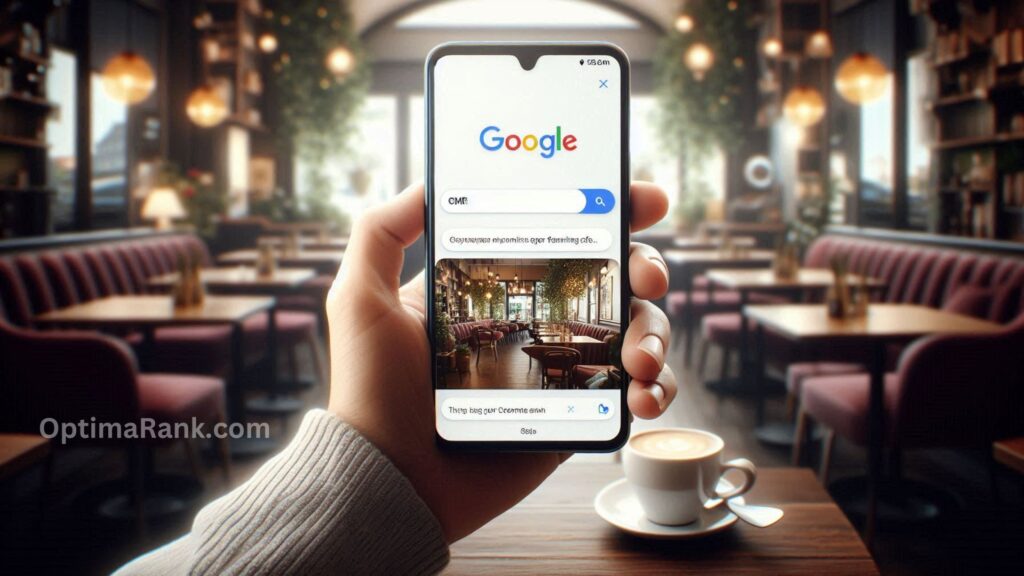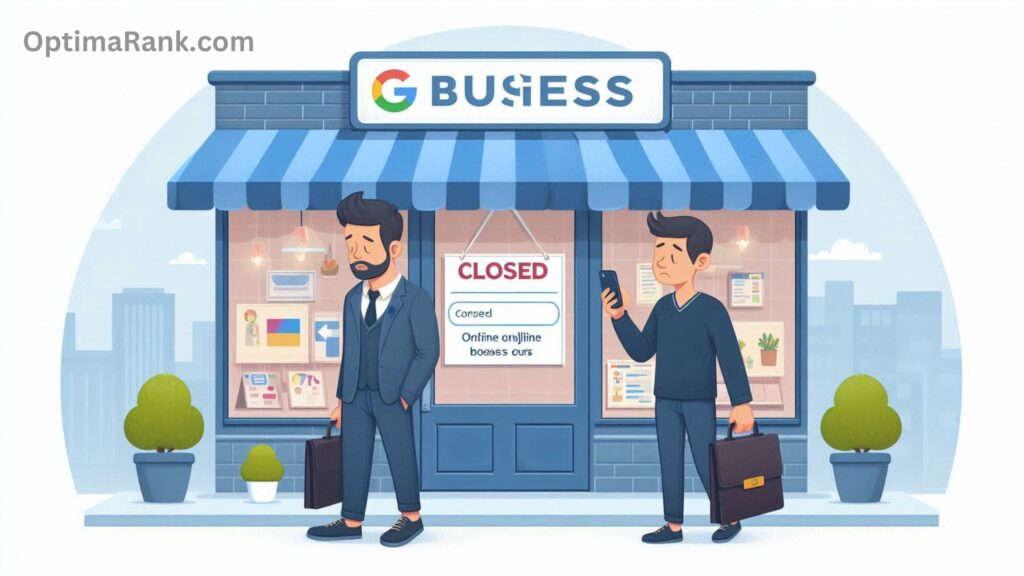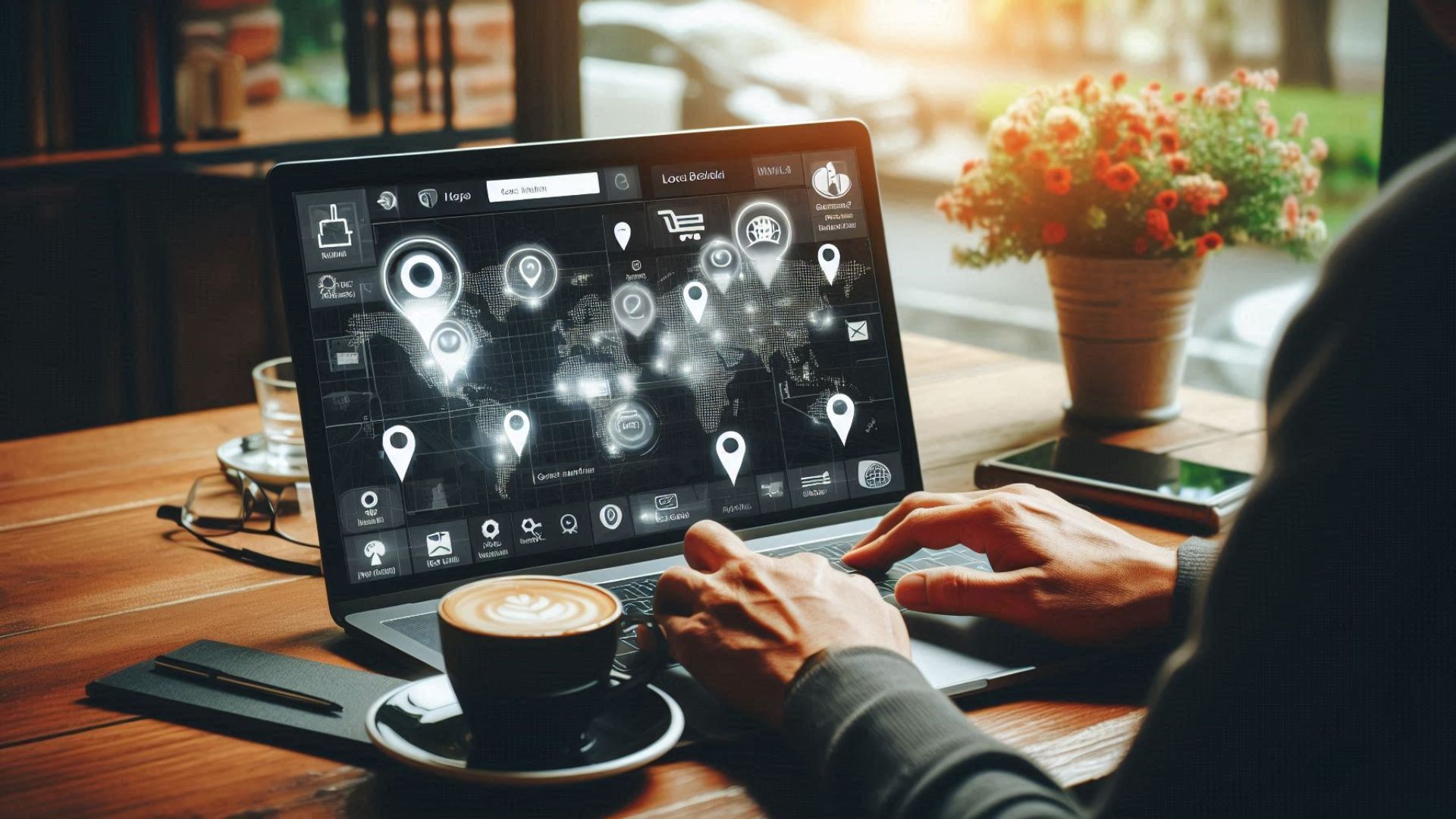How can I Fix Common Local SEO Mistakes?
Imagine you run a local business, but despite all your SEO efforts, you’re still not making any sales. Frustrating, right? Well, there’s a good chance you’re making some common local SEO mistakes.
Wait… local SEO? Isn’t SEO just SEO? What’s the difference?
I get it—these questions are probably swirling around in your head right now.
Here’s the thing: A lot of people believe that more website traffic automatically means more sales. But that’s not always true.
Here’s a reality check: Not everyone who visits your site will become a paying customer—especially if they’re halfway across the world. If you want more customers, you need to attract people who are actually in your area.
That’s where local SEO comes in.
Local SEO helps your business show up in local search results, making it easier for nearby customers to find you. Unlike general SEO, which targets users worldwide, local SEO focuses on people in your city or neighborhood—the ones most likely to buy from you.
So if you want to boost your sales, you need to improve your local SEO strategy. And don’t worry if you’re not sure where to start—that’s exactly what this post is here for.
As a business owner myself, I’ve made my fair share of local SEO mistakes. But I’ve also learned some valuable lessons along the way. To save you from the same headaches, I’m sharing the most common local SEO mistakes—and how to avoid them.
But before we dive in, let’s talk about why local SEO is so important.
The Importance of Local SEO
Getting your business to show up in local search results isn’t just about making more sales—it’s also a great way to build your brand and connect with your community.

Think about this: According to Google, 76% of people who search for something on their phone visit a related business within a day, and 28% of those searches lead to a purchase. That means if your business appears at the top of local search results, you’re way more likely to attract people actively looking for what you offer.
Let me paint a picture for you.
Imagine you own a pizza shop. Someone in your city is craving a good slice, so they pull out their phone and type “best pizza in [your city]” into Google. Within seconds, Google shows them a list of pizza places nearby.
If your business isn’t on that list, guess what? You just lost a customer to your competition. But if you are on that list, you’re not just getting a new customer—you’re putting your name out there and making sure more people know your business exists.
And here’s another bonus: Google’s local search results include ratings and reviews, which means happy customers can leave feedback and boost your reputation even more. The better your reviews, the more likely people are to choose you over the competition.
Long story short—if you want more customers and a stronger brand presence, local SEO is a game changer.

Common Local SEO Mistakes
Now that you know how important local SEO is for your business, let’s talk about some common mistakes that might be holding you back.

1. Missing Directory Listings
Before Google shows your business in search results, it needs to verify that your business is legit. One way it does this is by checking directory listings.
Online directories store important details like your business name, address, phone number, and website (NAPW). Many businesses ignore these listings, but they actually help customers find you when they search for local services. If you’re missing from directories, you’re losing out on potential traffic.
How to Fix It:
Create a spreadsheet of relevant directories. You can even check where your competitors are listed for reference. Then, make sure your business is added with consistent and accurate information across all platforms.
2. No Google My Business Listing
If you want to rank in local search results, Google My Business (GMB) is a must. It’s one of the most important tools for local SEO.
How to Set Up GMB:
- Sign in to Google with your business email.
- Create or claim your business profile.
- Add your business address and pin it on Google Maps.
- List the areas you serve (up to 20 locations).
- Enter your contact details like phone number and website.
- Verify your listing to activate it.
3. Poor Website Content
Good content isn’t just about selling your products—it should educate, engage, and build trust. But for local SEO, it’s also important to localize your content.
How to Fix It:
Make sure your website includes relevant info for your area. If you’re in New York, talk about local events, like Broadway shows or winter survival tips. If you’re in Hawaii, focus on topics like the best surfing spots. This helps search engines (and customers) see that your business is truly local.
4. Duplicate Listings
Sometimes, businesses end up with multiple listings—maybe because of a name change or because someone accidentally created a new one. Whatever the reason, duplicate listings confuse both Google and your customers. It can even make your business look shady, which can hurt your rankings.
How to Fix It:
Have a system for managing your business listings. Delete any duplicates and ensure your NAPW details are correct and consistent everywhere.

Also Read: How do LSI Keywords Improve Content Relevance?
5. Ignoring Negative Reviews
Bad reviews happen, but ignoring them is a mistake. Not only does it hurt your reputation, but it can also affect your rankings. In fact, Google has confirmed that customer ratings impact local search results.
How to Handle Negative Reviews:
- Always respond—never ignore them.
- Write a personalized response instead of using a generic template.
- If the complaint is valid, acknowledge it and offer a solution.
- If it’s a fake review, report it to the platform for removal.
6. Not Using Local Keywords
For general SEO, you want high-volume keywords. But for local SEO, you need localized keywords—terms that people in your area actually search for.
How to Fix It:
Include geo-specific keywords in your content. Instead of just using “best chocolate cake,” make it “best chocolate cake in San Diego.” Use tools like Google Trends and WooRank to find keywords with good traffic.
7. No Contact Information on Your Website
If customers can’t reach you, they won’t do business with you. Plus, Google needs this info to know which local searches to rank you in.
How to Fix It:
Make sure your website has a dedicated Contact Us page with your phone number, email, address, and social media links. Adding a Google Map also helps with local rankings.
8. Unoptimized Website Images
Large, unoptimized images can slow down your website, which hurts both user experience and SEO.
How to Fix It:
- Use image compression tools to reduce file size.
- Add alt text so Google understands what your images are about.
- Name image files properly (e.g., “best-pizza-in-Chicago.jpg” instead of “IMG123.jpg”).
9. Inactive Social Media Profiles
Social media isn’t a direct ranking factor, but Google tends to rank businesses with active profiles higher. Plus, customers check social media to see if a business is legit.
How to Fix It:
- Post regularly (at least once a week).
- Engage with your audience by responding to comments and messages.
- Share updates, promotions, and local news to stay relevant.
10. Website Not Optimized for Mobile
More than 60% of online searches happen on mobile devices. If your site isn’t mobile-friendly, you’re losing traffic.
How to Fix It:
- Use Google’s Mobile-Friendly Test tool to check your site.
- Improve site speed by removing unnecessary pop-ups.
- Keep your design simple and buttons large enough for easy tapping.
11. Inconsistent NAPW
If your business name, address, phone number, or website info is inconsistent across platforms, customers (and search engines) will get confused.
How to Fix It:
- Always use the same format for your business info.
- Include your area code to help Google recognize your location.

Also Read: How can Lazy Loading Boost SEO?
12. No Customer Reviews
Many businesses overlook reviews, but they’re critical for local SEO. Customers rely on them when making buying decisions, and Google considers them when ranking businesses.
How to Get More Reviews:
- Offer great service (happy customers leave good reviews).
- Politely ask satisfied customers to leave a review.
- Provide incentives like small discounts (but avoid fake reviews—Google is cracking down on them).




Post Comment